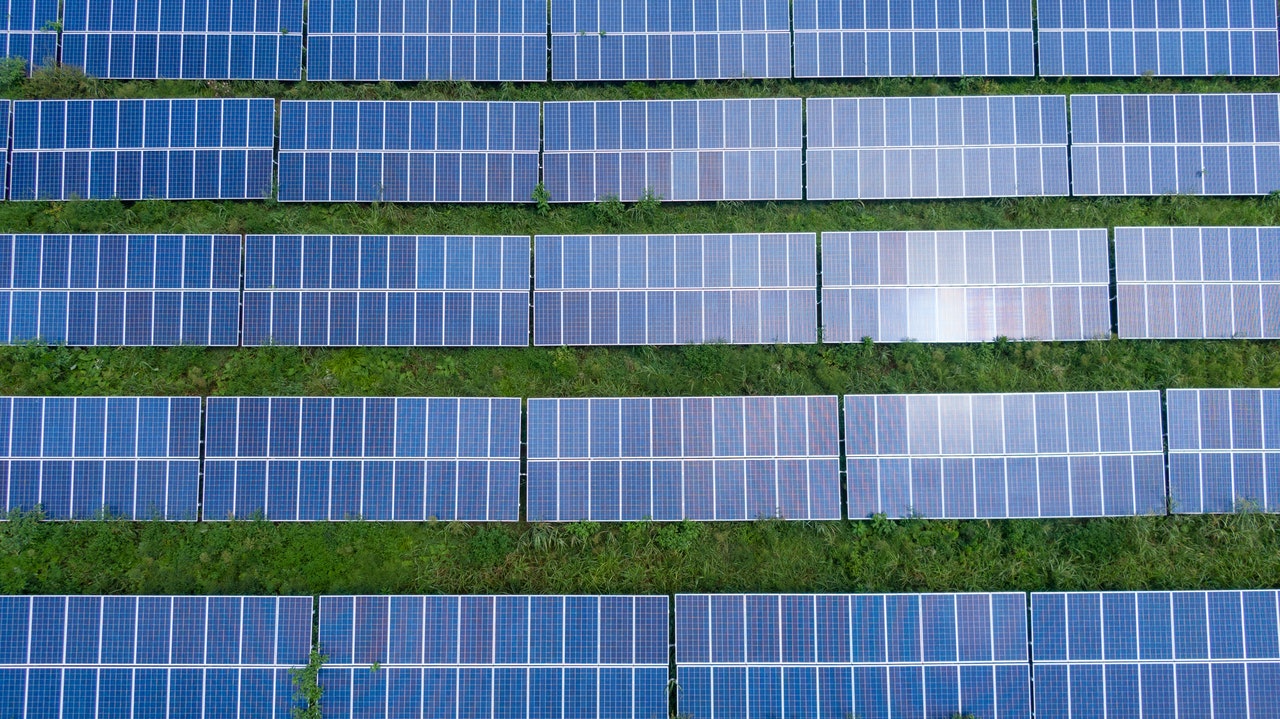One of the main garrisons of the US Army – Fort Bragg in North Carolina, has launched the first army floating solar power plant. The 1.1 MW plant is the largest facility of its kind in the southeastern US.
The array of floating elements appeared as a result of cooperation between the military of the garrison and the companies Ameresco (engaged in renewable energy) and Duke Energy (one of the energy companies in North Carolina).
The array of photovoltaic cells is expected to “help minimize power outages and system damage during transients” or, more simply, during blackouts in the distribution grid. For this, in particular, the system has a built-in solution for automatically turning on the power supply after the operation of protective automation (thunderstorms, falling trees, etc.).
In general, in the US, floating solar power plants are being introduced more slowly than plants with other placement options – in fields, rooftops and, in general, on land.
At the same time, there are enough water bodies in the US to install solar panels. And suppose on lakes, as in the case of the installation at Fort Bragg, this can partly harm living creatures and plants. When installing batteries over reclamation water channels, they will not interfere with anything.
Installing solar farms on the water surface has its pros and cons. The main disadvantage is that it is more expensive due to the use of rafts and deeper insulation from moisture. But in floating solar farms, there is also a significant plus – passive cooling of the panels due to a cooler environment, which leads to better performance and an increase in their life.
The US Army, like the rest of American society, is moving towards carbon neutrality. The launch of the first floating solar power plant is one of many steps along the way. According to the source, the military needs to deploy 14,999 more such power plants in the US to achieve these goals.

